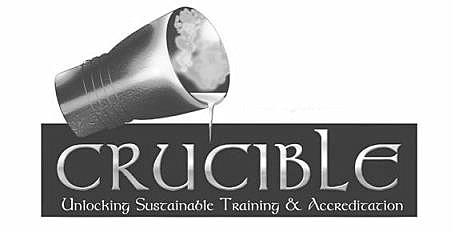In my previous posting I alluded to Peter Senge and his seminal work on the concept of a learning organisation. This is often one of the most challenging tasks facing a training manager or human resources professional. To somehow enculcate a culture of learning within their organisations. As demonstrated by the annual American Society for Training and Development (ASTD) research conducted globally the learning and performance culture is a growing issue, one now seen as critical to organisational adaptability and growth. A culture of safety to learn needs to be developed in your organisation. Empowering staff to feel that they can speak up regarding issues without the fear of being marginalised or punished in some fashion is an absolute necessity.
Lets be be clear, a learning culture requires a tolerant culture, supporting processes and tools, action-oriented review and feedback processes (after-action-satisfaction) and how do we apply what we have learned. As you can see it is not just training as usual and sounds like quite a challenge. In some cases yes, but it is up to us as training managers to demonstrate the value that we add from the local action level right through to the board room in the traditional strategic value analysis domain. Lets be honest tradition states that the executive determines which activities and departments are adding or creating organisational value and we all know that this is generally viewed from a cost/benefit and revenue/profit approach. Do not worry this can be tackled and you can make it work for you. Even in difficult economic times.
Here is a little task for you. Do online search for executive level positions in South Africa and one for the United States. The results will speak for themselves. Please get back to me I would be interested in your inputs and what you have to say. The challenges of training in an organisational environment that is inherently hostile or training-neutral is often the biggest stumbling block to ensuring meaningful and robust needs analysis and later return-on-investment (ROI) for training spend. I suspect that part of the answer to the solution lies in a lack of training representation at an executive or decision-making level combined with a reactive mode of operation by the training or HR department and the 'disconnect' between the executive and training management.
So how does a training manager demonstrate the value of the training? By ensuring that training impact is measured in the workplace and that the training does not end in the classroom, but is evaluated on the floor in action at work. By saying action I really mean your ability to report effectively back to the executive and your partner managers, peers and colleagues. Metrics are key here. To add to this we have to learn faster and at least be more-learning oriented than our competitors and ensure more organisational value is created. I will be elaborating on these components in more detail in future blogs.
Here is a great YouTube video on the concept of a learning organisation. Have a look at it.
Subscribe to:
Post Comments (Atom)





No comments:
Post a Comment